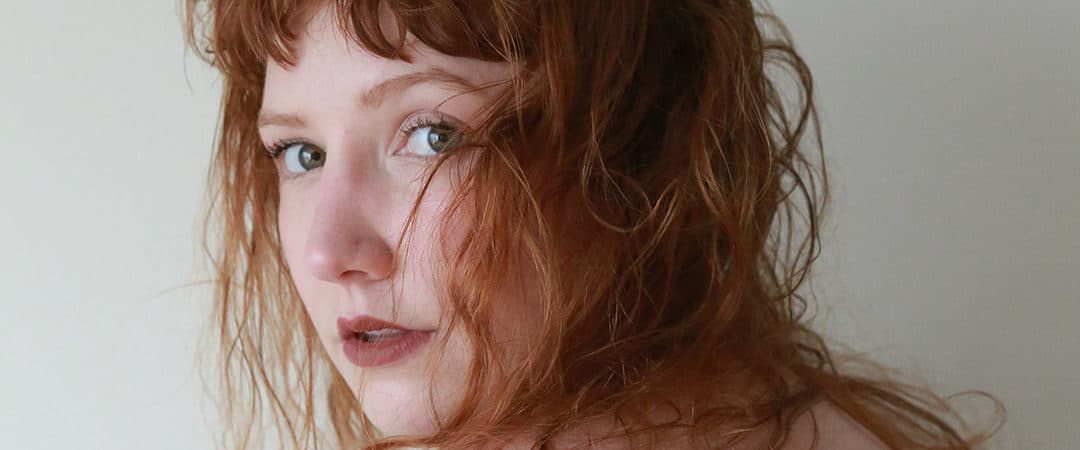
Figurative art begins with the study of the human form. In an academic setting, you learn through drawing anatomy and the specific shapes of muscle and fat. Then you move on, a figure drawing class places a model on a pedestal with directional light. The students move around, finding their ideal vantage point.
As a former art school kid and a habitual drawer, I miss the environment of the figure drawing studio. I have moved on from using random images found online to commissioning models for photographs to work from, a practice I highly recommend — you can request poses, lighting, and costuming. I’ve experienced a higher level of ownership over my drawings knowing the provenance of the photographs and having control of poses and lighting. Many galleries are interested in the origins of reference material as well, requiring that a photographed used be exclusive to the artist.
What follows are images from art model Diana Jean Oliphant. She approaches her work with a clear understanding and purpose — she is aware of how her body moves and photographs, how the light will fall across her back to best show the bone and muscle beneath her skin. Her poses are classical in nature, those seen as representations of goddesses and angels, depictions of Biblical heroines and patron saints. Moving from full body poses to intimate portraits, Oliphant offers a bevy of inspiration. A painter herself, Oliphant explores her own body. Her series, Reflections, finds Oliphant painting herself from photographs taken by other artists. She shifts perspective and back again, self-portraiture but also not.
She brings an artist’s insight to her modeling work and in each set of reference photographs, Oliphant explores the shapes and nuances of her own form. Visit her shop and explore the existing reference sets she has, or reach out to commission your own.
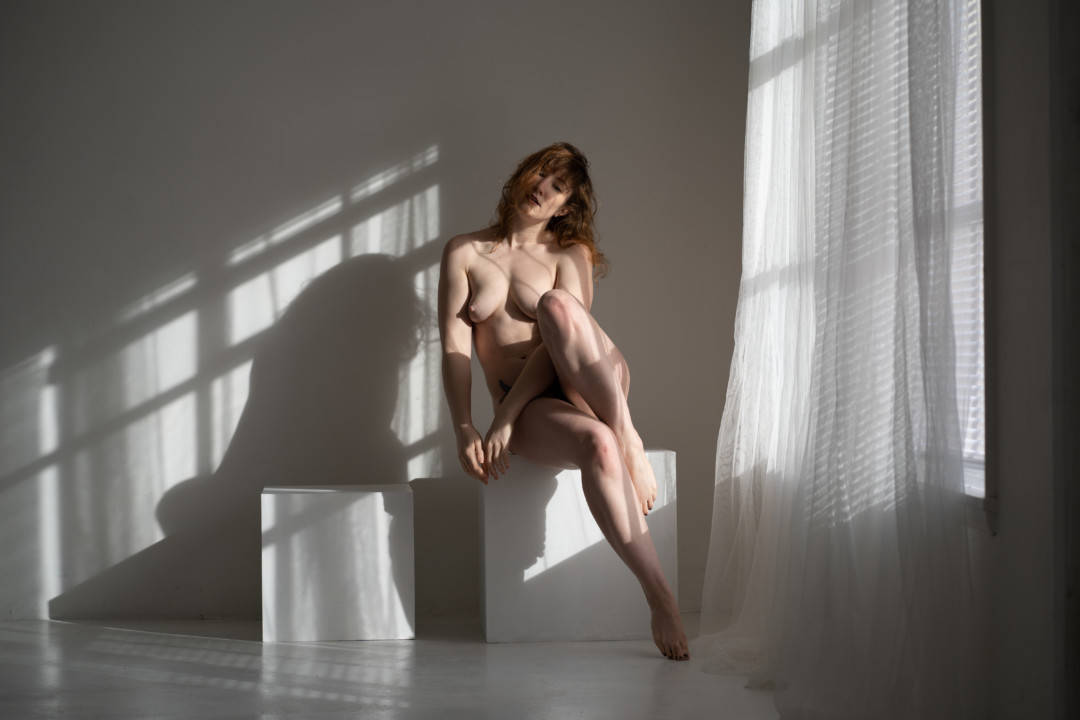
Reference Photo, self-portrait by Diana Jean Oilphant

Reference Photo, self-portrait by Diana Jean Oilphant

Reference Photo, self-portrait by Diana Jean Oilphant
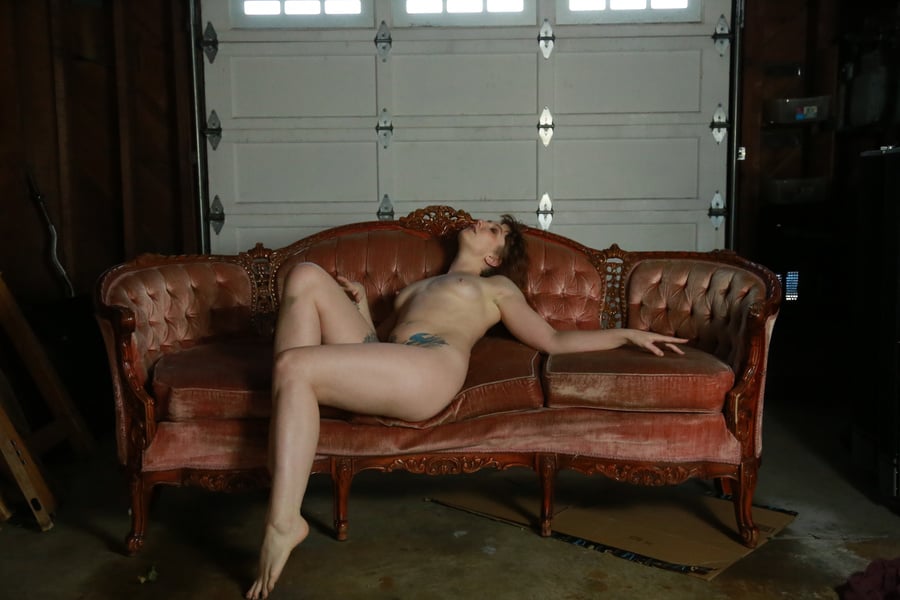
Reference Photo, self-portrait by Diana Jean Oilphant
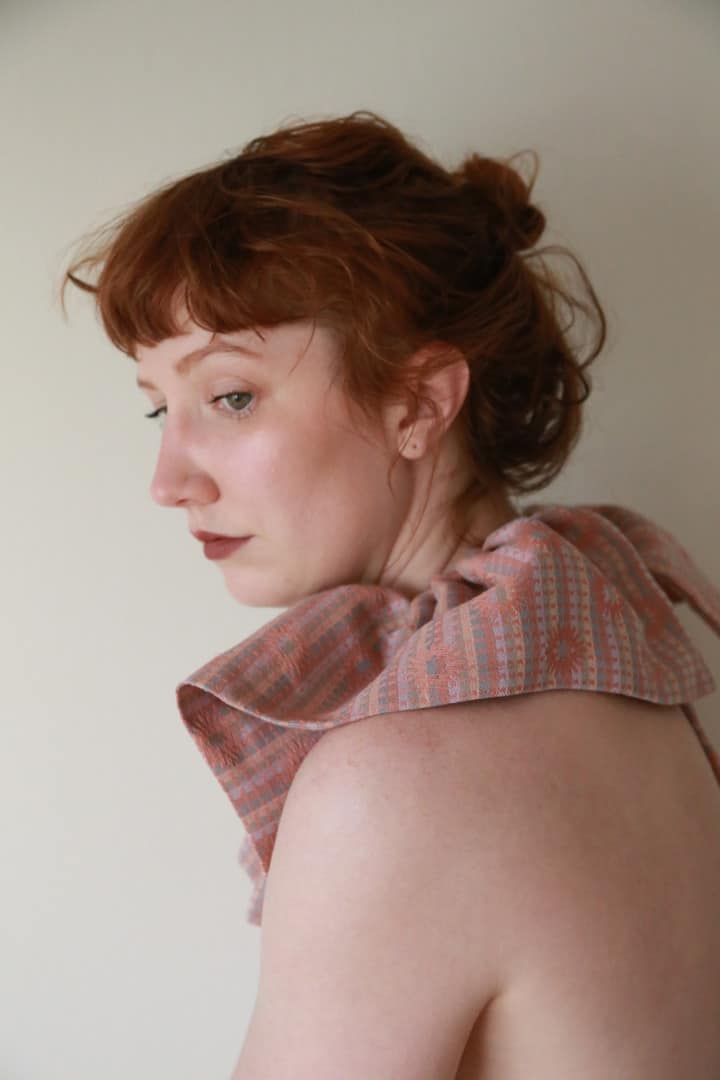
Reference Photo, self-portrait by Diana Jean Oilphant

Reference Photo, self-portrait by Diana Jean Oilphant

Reference Photo, self-portrait by Diana Jean Oilphant
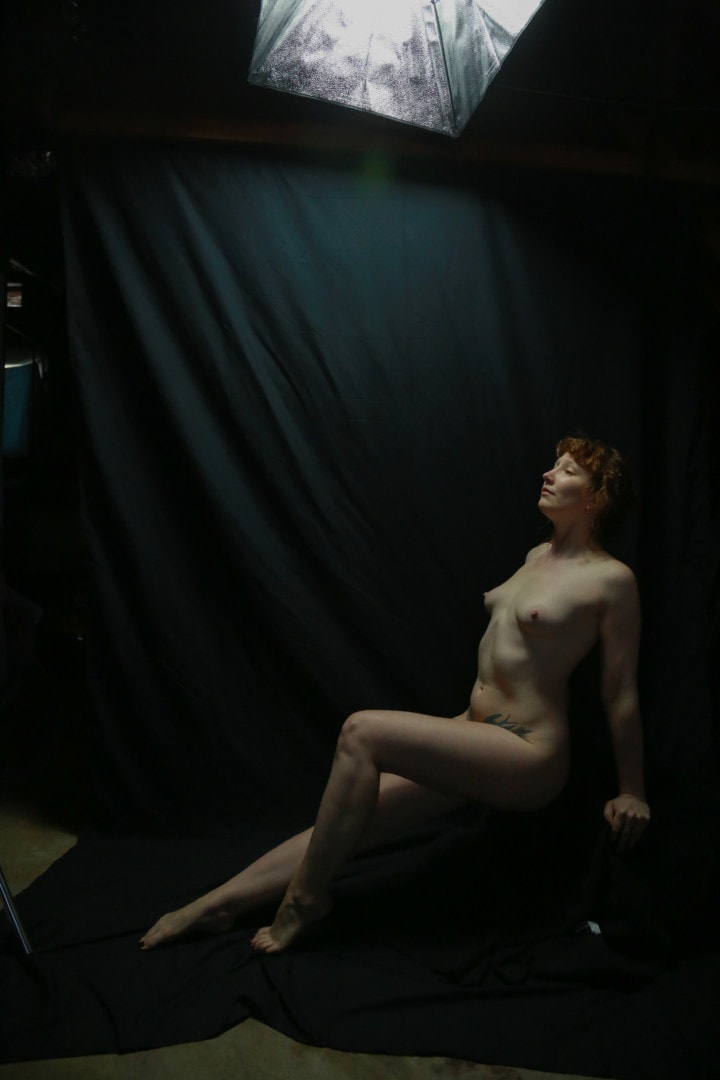
Reference Photo, self-portrait by Diana Jean Oilphant
